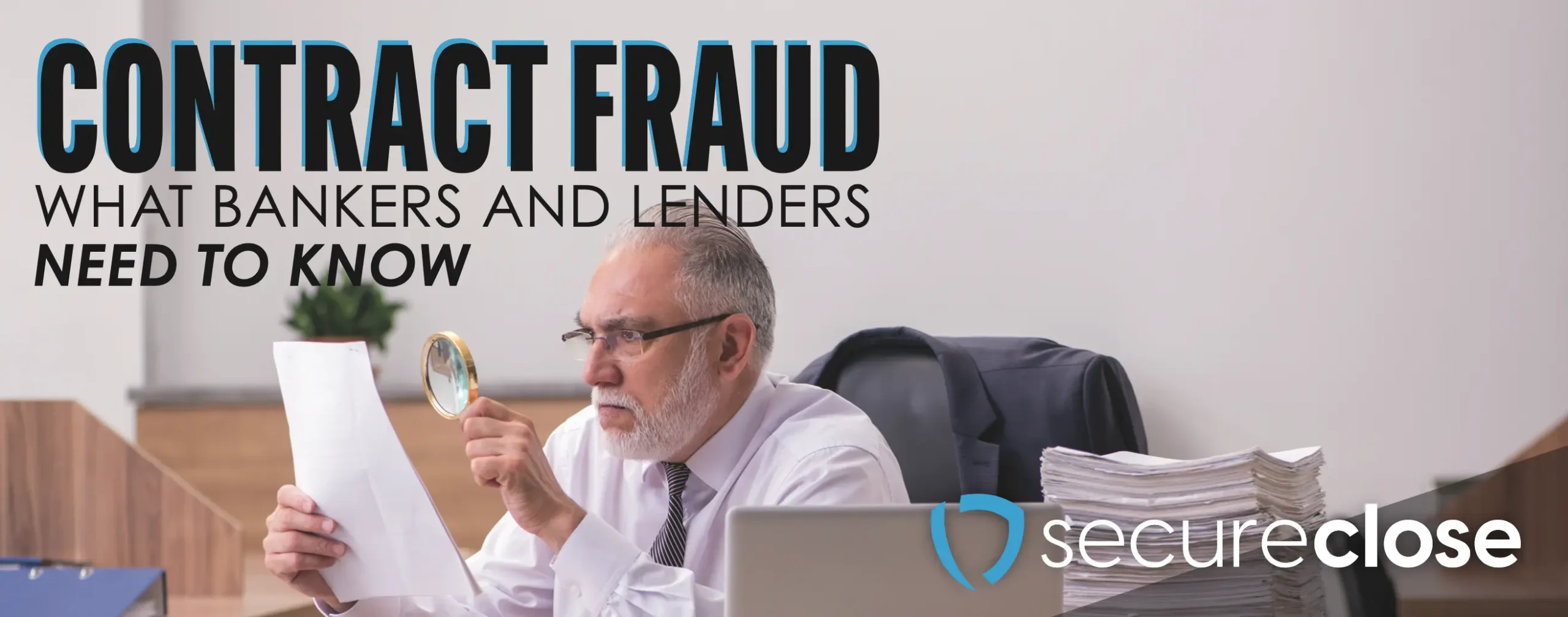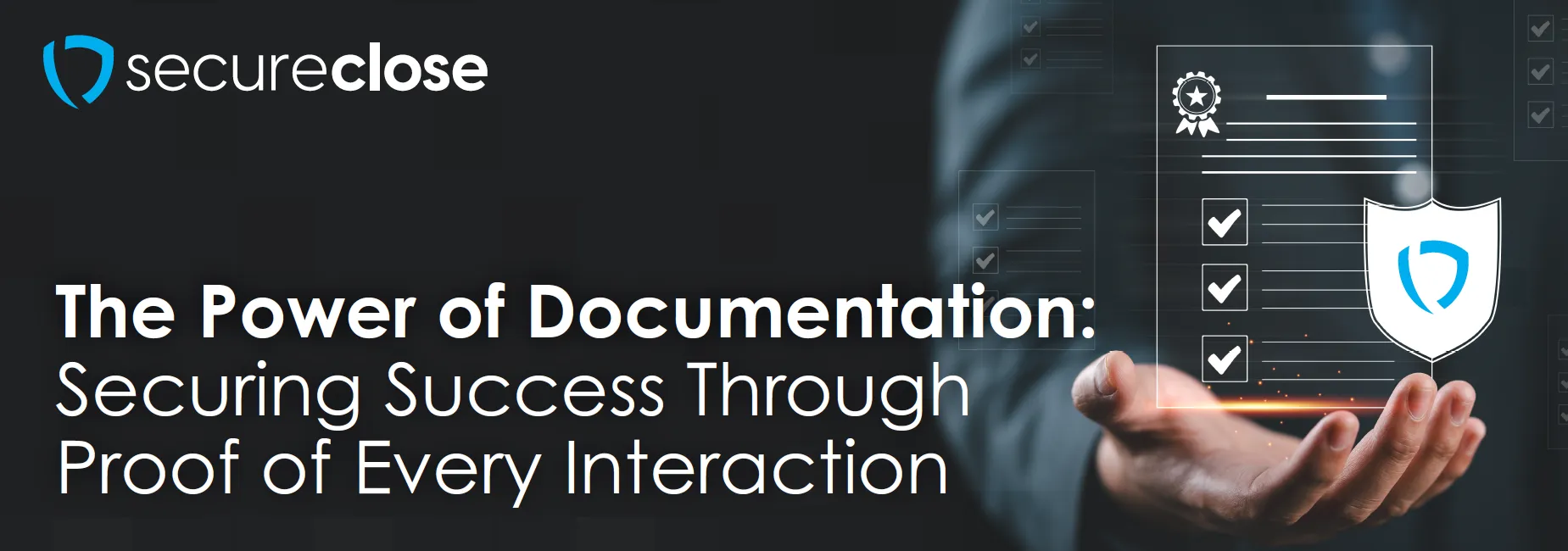
Recently, a major financial collapse shook the auto finance industry when it was discovered that an organization may have been double-pledging contracts to multiple lenders. This created massive exposure for banks, investors, and backup servicers — many of whom had no idea the same assets were being pledged more than once.
The aftermath has been ugly: lenders scrambling to sort legitimate assets from duplicates, regulators circling, and investigators digging through records to untangle the truth.
In the wake of these events, we’ve spoken with companies that openly admitted that their bank was fine with them using an e-sign product that doesn’t watermark documents to distinguish originals from copies. Even more alarming, they told us the system allows documents to be completely removed from e-sign storage without leaving behind a watermark, audit trail, or certificate of evidence to verify the authoritative original versus a copy.
We’ve also received calls from originators who want to take these types of e-sign documents and simply drop them into our e-vault — while continuing to use the same “cheap” e-sign tool.
This is a massive red flag, and it’s deeply concerning that these conversations are still happening. Why are lenders allowing this? We believe it comes down to a lack of understanding of what qualifies as a compliant UCC tool and what truly meets TOLEC requirements (Transfer of Location for Electronic Chattel). Without following the full process — and without clarity on what compliance actually requires — situations like this will continue to occur, whether by accident or by design.
Warning
If you’re lending against electronic contracts, both you and your clients must operate entirely within a fully compliant UCC “control environment” — and you, as the lender, must maintain custody of those assets in your own secure vault. Anything less opens the door to fraud, disputes, and catastrophic losses.
The Role of Control Under UCC Article 9
UCC Article 9 provides the legal framework for handling electronic chattel paper (ECP), requiring that:
- There is only one Authoritative Original per contract,
- Authoritative Original is Unique & Identifiable
- That Authoritative Original remains in a tamper-proof, secured, controlled environment
- There is a complete audit trail proving authenticity and an unbroken chain of custody, so that transfer of control is traceable from the beginning to the end of the life cycle
For full protection, the entire lifecycle of a contract — from the moment a consumer signs electronically, through funding, servicing, and storage — must remain inside this controlled environment.
If your originator is “papering out” or “claiming out” the original, how do you know whether that document is truly the authoritative original or just a copy?
Crucially, the lender should also maintain its own UCC-compliant vault so that custody can change hands. When an originator pledges or sells a contract, the authoritative original should move into the lender’s vault, leaving the pledging or selling party with only a watermarked copy. This ensures there is never confusion about ownership and prevents the same asset from being pledged again.
When both lenders and originators remain inside this control environment, double-pledging becomes virtually impossible.
What Happens Outside the Vault, Stays Outside
Most lenders aren’t technology experts, nor do they need to be. But they must understand the compliance safeguards that protect their collateral and ask the right questions when deals are being structured.
The alleged fraud happened outside the controlled environment, where there were no independent checks or controls once the digital chattel left its secure control environment and was converted into physical or untracked formats.
“If you approve of electronic chattel and benefit from its security, then this rule applies to you. Once it’s electronic, it stays electronic—period!”
Risk Reduction for All Lenders — Large and Small
Whether you manage a $200 million securitization or a $2 million credit line, the risk is the same.
If you’re financing electronic chattel paper, you need:
- Real-time verification that every pledged asset exists,
- Immutable audit trails for every contract, from signing by the consumer to storage in your e-vault,
- Reporting tied directly to the control environment and the assets being pledged or sold,
- Clear identification of who the UCC-compliant custodian is, and proof of an agreement in place between the originator, the secured party, and the custodian.
The Hard Lesson for Lenders
Many lenders have only a surface-level understanding of what’s required for electronic chattel paper compliance. Too often, they don’t engage with independent verification tools until there’s already a problem.
For example, in just the past 30 days, we’ve been asked to forensically review portfolios, authenticate contract origins, and even stop lenders from purchasing portfolios that turned out to be non-compliant. In one instance, a lender had approved an originator to use a non-compliant control environment, and now that same lender is forced to let the originator continue collecting on those accounts because no other lender — fully aware of compliance requirements — will take the risk of chattel created outside the proper control environment.
Action Steps for Lenders
If you’re financing against electronic contracts and want to know where you stand — whether purchasing portfolios or securing contracts on a line — go to the originator and ask the following questions:
- What e-sign platform are you using, and are the contracts watermarked to distinguish originals from copies?
- What e-vault stores the authoritative originals, and does it meet TOLEC requirements, including custody transfer and vault-to-vault transfer processes?
- Does the e-vault meet UCC requirements, and can you provide a third-party independent audit?
- Are tamper-proof custody and verification tools in place to track and audit the full lifecycle of the contract?
Once you get the answers, pick up the phone or go online and contact SecureClose for independent verification of custody transfer processes, audits, and real-time oversight of the systems being used. Our number one goal has always been to protect both consumers and lenders. These safeguards are essential to protecting the financial system, safeguarding consumers, and preventing the next collateral crisis. www.secureclose.net or call (855) 496-9335.





